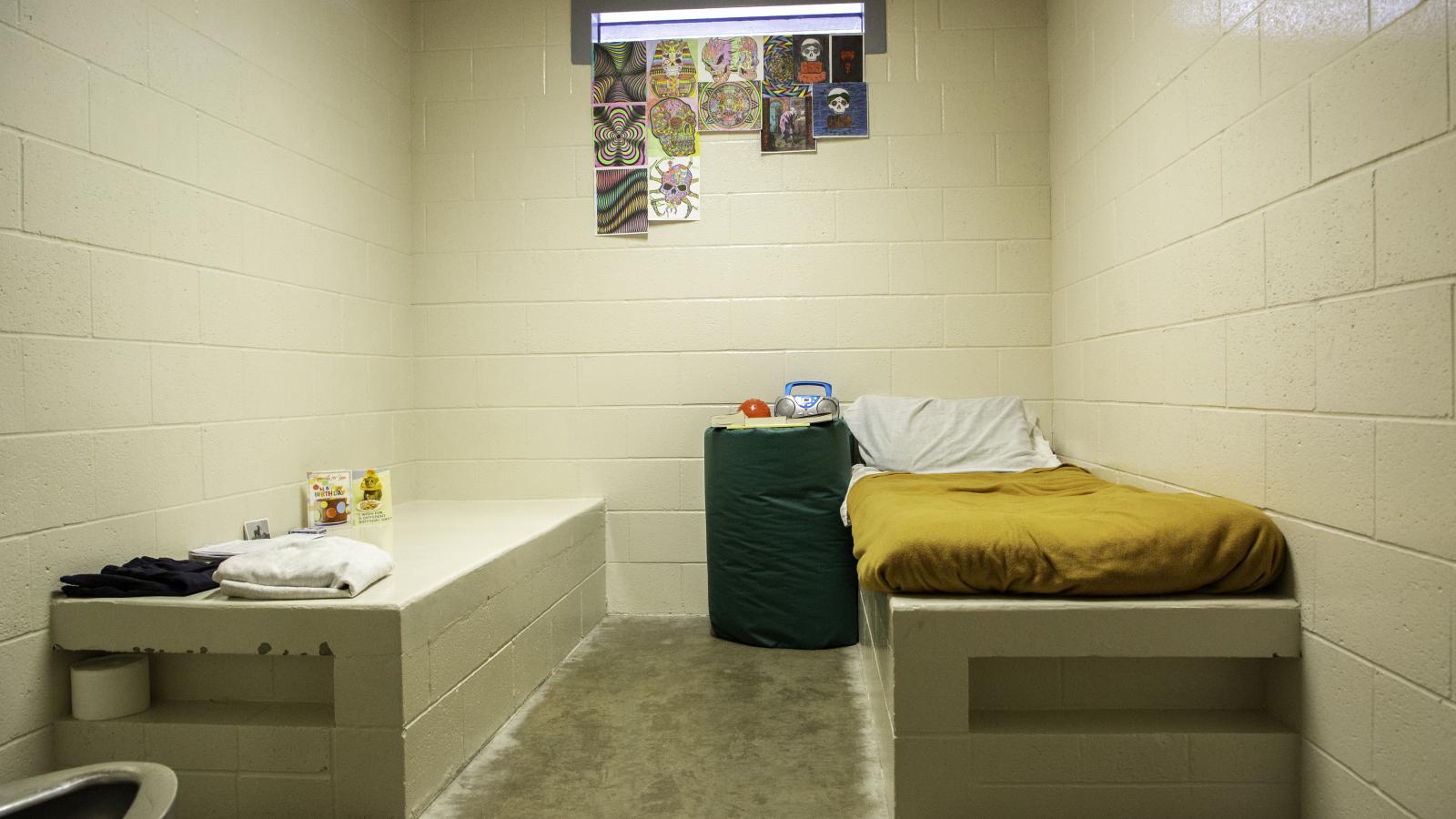Presentation Navigation

The Problem
Why Does Fragmentation Happen?
Adults working in youth service organizations — schools, foster care agencies, community nonprofits —have sincere intentions to help and support young people. So why do the systems they work in place additional burdens on young people most in need? And why doesn’t someone just fix it?
There are a range of departments that have youth-serving or youth-facing portfolios and they don’t always work together. Libraries may not be talking to the parks, and parks may not be talking to the school system. Or the juvenile justice department not having full insight into the range of challenges that students are experiencing in public school. I heard that there’s a desire for more focused and intentional collaboration across even just government agencies. But also, as I talk to folks in the nonprofit sector, they had a very similar take, organizations perhaps working in the same space, maybe not having the same sort of consistent measures of success. So, if we’re talking about serving opportunity youth, what does that even look like? How do we serve those students? Do we know where to go to meet them where they are?

Fragmentation is not the fault of any one person or agency. And it’s not the result of malice or explicit mismanagement.
Fragmentation happens when policies, programs, and processes are created around the needs and constraints of adults, rather than young people.
After all, adults are the decision-makers.
For example, data systems that allow for secure and seamless information sharing among government agencies and nonprofits cost millions of dollars to build and maintain. Marshaling those resources and working across agencies is difficult. But if leaders don’t make that investment and work together, they task young people with keeping track of their own data and documents as they move among programs.
Without continuous attention to youth voices and their needs, services are duplicated, resources are wasted, and young people take on the additional burden.
Over time, countless big and little decisions pile up and seem impossible to manage. Any one leader working in isolation cannot undo decades of fragmentation.
But shifting toward more coherent systems for young people is possible.
Four Principles for Mitigating Fragmentation
Moving toward coherence means dramatically rethinking and restructuring the ways in which schools interact with social service agencies, with one another, and with young people. The benefits are huge.
Four Principles for Redesigning Systems for Young People
1. Continuity of People
How might we ensure that every young person has a consistent, caring adult in their life?
Specialization makes sense for adults. A science teacher, a career counselor, and a parole officer all have very different skills and areas of expertise. And adults change jobs or move on to the next case. But for a young person, consistent, strong relationships with adults who care about them are indispensable. Not all young people have an adult like that in their life.
Recommendation
Specialization does not disappear in a coherent system. But leaders should think of ways to promote consistency and continuity of people to streamline the number of adult contacts in a young person’s life after a disruptive event, so they aren’t overwhelmed with too many well-intentioned helpers who quickly come and go.
“If I could have had a mentor back then I probably would have had a better understanding of things. I would have had someone to talk to so I could express my feelings to them and explain how my life’s going at the moment. But since I didn’t have one, I felt kind of hopeless at the time. I didn’t have anyone to go to, anyone to speak to, anyone to express myself to, so I felt kind of rough.” —Jeremiah
2. Continuity of Information
How can we ensure that the right people have access to the right information at the right time to make the right decisions?
Young people can become frustrated or embarrassed every time they are asked to recount difficult experiences to different adults across multiple agencies. This frustration is shared by agency staff when they don’t have all the information they need to be effective at their job. For example, a social worker might find out a young person in her care was chronically absent from school only after they are expelled.
Recommendation
The ability to share data across systems and stakeholders is critical for cross-agency collaboration. Real-time sharing of necessary information can help all systems better respond to youth needs, eliminate duplicate records, and facilitate more accurate information updates. It also allows agencies to be more effective in planning, goal setting, and strategic priorities. With good policies, training, and technology, this can be done while respecting young people’s privacy and following all data protection laws.
“They said that they couldn’t fix the problem with my paperwork because it is against the school policy. So it was really an upsetting moment for everybody. Everybody was kind of crying, I was more mad and upset. Just for wasting time basically. I was at a point I was like, ‘You know, I’m not worried about school, I am going to just get two jobs, make sure I get my apartment, and move out and just kind of grow up that way,’ without education.” —Tumma
3. Champions and Owners
Who wakes up every day worried about making sure that this happens? How do we assign accountability and tether that to authority to act?
Building a coherent system of support for young people, especially those who have experienced multiple disruptions, requires a strong plan and dedicated adults who are committed to change. Even when leaders share an understanding of the problem, it can be unclear within complex bureaucracies who needs to act first or who has the power to make a specific change.
Recommendation
An effective improvement plan includes specific changes that need to be made by different agencies and stakeholders, identifies champions who are responsible for ensuring those changes are being implemented on a specific timeline, and identifies who is responsible for keeping everyone accountable to the overall vision.
4. Redefining Leadership
How can we encourage flexible, creative, youth-centered problem-solving among leaders?
In the chaos of a fragmented system, leaders are often rewarded for making incremental improvements within their own organizations. In environments with scarce resources and funding for youth services, authentic collaboration can seem risky.
Recommendation
Tackling fragmentation asks leaders to fundamentally reexamine long-standing processes. The best-positioned leaders are those who remain flexible, creative, and willing to take risks to solve problems for young people. They enable their teams to do things differently by adopting a youth-centered mindset.
These four principles are the foundation for rethinking systems that serve young people facing disruption.
Learn More

Continuity Counts: Coordinated Education Systems for Students in Transition
This resource makes the case that the education system can serve as an effective through-line for the children and youth experiencing traumatic life experiences by using two key levers for change: continuity of people and continuity of information.